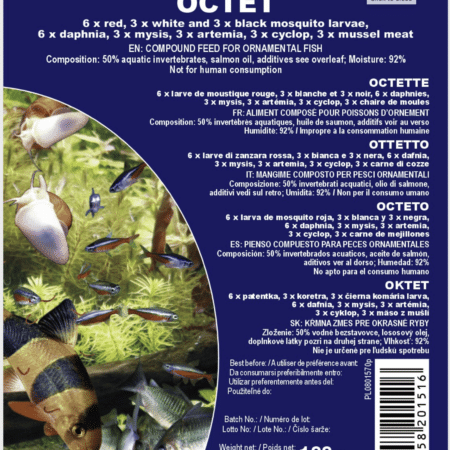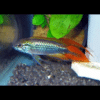To provide the best experiences, we use technologies like cookies to store and/or access device information. Consenting to these technologies will allow us to process data such as browsing behaviour or unique IDs on this site. Not consenting or withdrawing consent, may adversely affect certain features and functions.
The technical storage or access is strictly necessary for the legitimate purpose of enabling the use of a specific service explicitly requested by the subscriber or user, or for the sole purpose of carrying out the transmission of a communication over an electronic communications network.
The technical storage or access is necessary for the legitimate purpose of storing preferences that are not requested by the subscriber or user.
The technical storage or access that is used exclusively for statistical purposes.
The technical storage or access that is used exclusively for anonymous statistical purposes. Without a subpoena, voluntary compliance on the part of your Internet Service Provider, or additional records from a third party, information stored or retrieved for this purpose alone cannot usually be used to identify you.
The technical storage or access is required to create user profiles to send advertising, or to track the user on a website or across several websites for similar marketing purposes.

















Emily Carter (verified owner) –
I recently purchased a pair of Apistogramma Agassizii ‘Gold Red’ and I couldn’t be happier! As a passionate aquarium hobbyist, I prioritize the health and happiness of my tropical fish, and this stunning pair has truly exceeded my expectations. After keeping them for about two weeks, I’ve already noticed their vibrant colors becoming more pronounced, especially the male, whose golden hue shines brilliantly under the tank lights.
These dwarf cichlids are not just beautiful; they have such unique personalities! They’re relatively peaceful but do enjoy establishing a bit of territory, which makes for some interesting interactions. I’ve kept other dwarf cichlids before, but the Agassizii really stand out due to their engaging behavior and the vividness of their colors.
My only minor concern was the initial adjustment period; they were a bit shy at first. However, providing plenty of hiding spots and some soft, dim lighting helped them feel secure. If you’re looking for tropical fish that are both beautiful and fascinating to watch, I highly recommend this pair! Perfect for nano tanks or community setups with similar-sized fish. Shipping was quick, and they arrived healthy and well-packed. Would definitely buy again!
Emily Carter (verified owner) –
I recently purchased a pair of Apistogramma Agassizii ‘Gold Red’ and couldn’t be happier! After about two weeks in my 20-gallon planted aquarium, they’ve settled in beautifully. The male showcases vibrant reds and yellows, while the female is equally stunning with her subtle colors. I appreciate how they actively explore among the aquarium plants, providing endless entertainment!
What I love most is their peaceful nature; they coexist wonderfully with my other community fish, which makes them an ideal choice for anyone looking to add some character to their tank without fear of aggression. I’ve noticed them displaying some courtship behaviors, which is so heartwarming to watch.
One minor concern I had was their initial shyness, but with patience and the right environment, they came out of their shells in no time. If you’re a beginner or someone who values fish welfare, these little guys can thrive in a well-planted tank and are fairly easy to care for. I highly recommend them to anyone looking to enhance their aquarium experience!